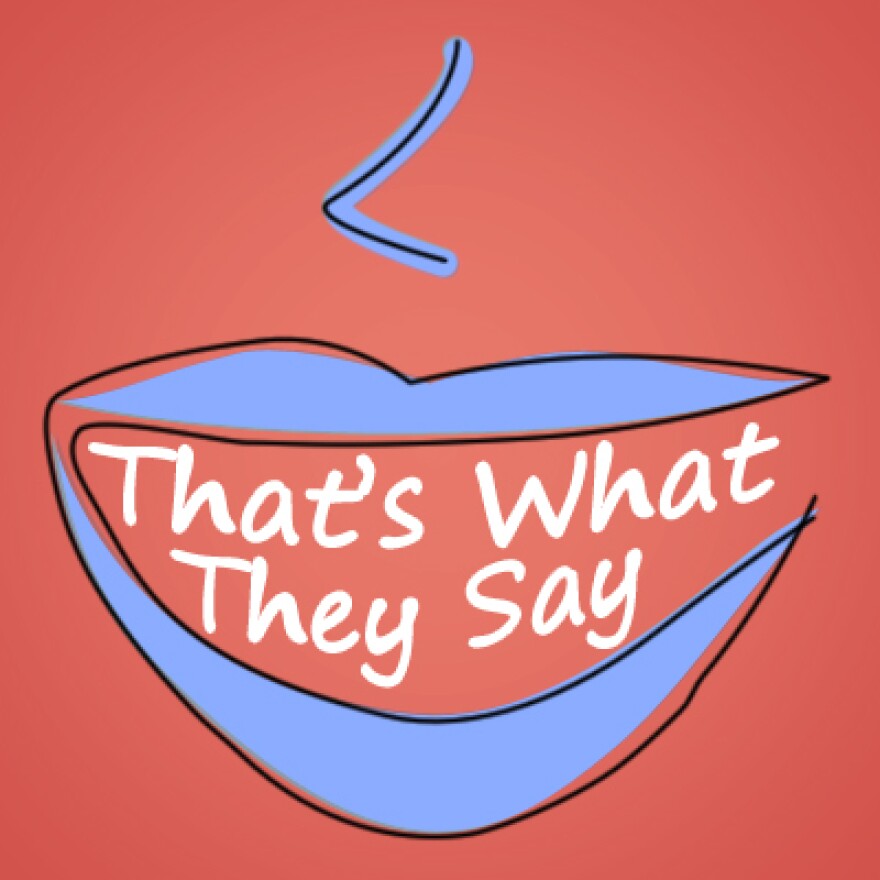Pacifier, binkie, dummy; we have lots of words for that funny little gizmo babies suck on when they’re teething. In the U.S., we use pacifier the most frequently, and while it might seem like the least funny of the set, the way we use it is kind of interesting.
“While we know theoretically that pacifiers can be people too,” says University of Michigan English Professor Anne Curzan, “it’s hard not to associate them with those little rubber gadgets for babies.”
After a colleague asked Curzan to look into the word pacifier, she first wanted to make sure that there actually are two definitions for the word.
“When you look in American Heritage Dictionary, it only has the meaning of the little gadget for babies,” says Curzan. “[In] Merriam Webster, though, the first definition is ‘one who pacifies, or something that pacifies,’ and then it has the baby’s device.”
Curzan found that the usage of pacifier as “something that pacifies” has a long history in English, dating back to the 16th century. She also found that its usage has become much more specific over time.
“I think at this point pacifier is so much about babies that to call someone a pacifier would sound almost insulting, instead of nice,” says Curzan.
Although the rubber version of pacifier has become the more common usage, there are other places where you might use it without feeling self-conscious.
“I did realize one of places you’ll still hear it is for something like a drug that is a mood pacifier,” says Curzan.
While the spoken usage of pacifier might be pretty narrow, linguists have found a creative application for the device itself: to study how babies learn language.
“When babies are born, they can hear every sound in every language in the world,” says Curzan. “And then at some point, they start to only pay attention to sounds that are important to them. And we want to figure out, okay, when does that happen?”
Since babies can’t talk, they can’t tell us how they learn. But by using special pacifiers, researchers can gauge whether or not a baby is paying attention to what’s happening around them.
If the baby hears a sound that’s new or different, they get excited and start sucking on the pacifier more quickly. If it’s something that they don’t register as different, then the baby mellows out and starts sucking on it more slowly. Eventually, the researchers change the sound and watch to see how the baby reacts: can the baby tell the difference, or does it sound the same?
When linguists compared the results between babies from different language backgrounds, they started to see that we internalize language very early on. Curzan mentions a study looking at how English and Japanese babies perceive the difference between “l” and “r” sounds.
“Now, English-speaking babies will continue to hear that distinction, but in Japanese, you don’t have a distinction between ‘l’ and ‘r,’” says Curzan. “So between about 10 and 12 months, the Japanese babies will hear ‘ul-ul-ul’ [and] their sucking will slow down. And then it changes to ‘ur,’ and they don’t notice.”




